The resolution to recognize Migratory Bird Day based on local efforts to achieve “Bird City Texas” designation was approved by San Antonio City Council and passed in December 2020.
The resolution states that “Migratory birds face great perils in their annual hemispheric journeys, and the chiming in of local communities to promote awareness can go a long way in protecting them.”
Little Blue Herons listed in 2021 as a Species of High Concern by the Fish & Wildlife Service, Texas Protected Species-Tricolored Heron and SGCN Snowy Egret migrate from the Gulf of Mexico Coastline, Mexico, Central & South America to nest throughout North America.
The Texas Parks and Wildlife and Audubon program called Bird City Texas — Texas Parks & Wildlife Department, is a community-focused certification program that was created to help people protect birds and their habitats where we live, work, and recreate.
The criteria required to attain certification are designed to be impactful and efficient against habitat loss and other harmful factors impacting birds.
Migratory Egrets and Herons make their way to nest in San Antonio every spring.
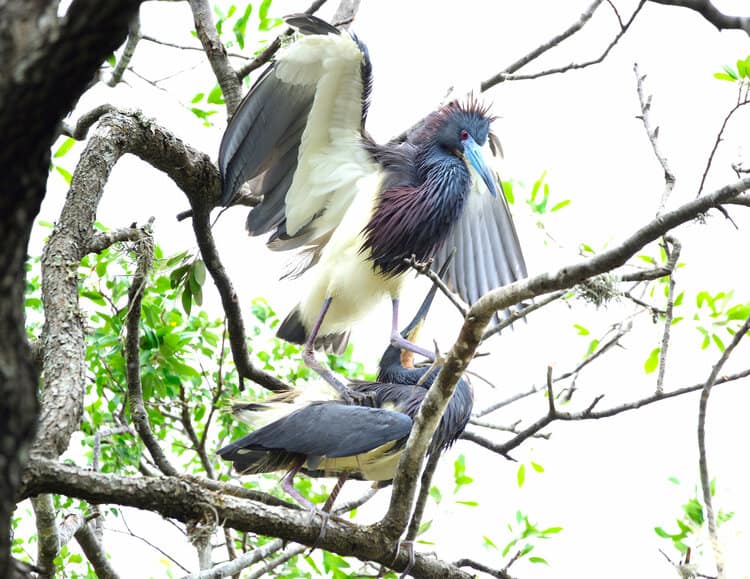
People that know me call me the Birdlady. I work with the Migratory Birds as a trained rescue volunteer, photographer, and author. I have observed and documented their nesting at Brackenridge Park for the last five years, focusing on Species of Greatest Conservation Need(SGCN) listed on TPWD: Texas Conservation Action Plan part of the State Wildlife Action Plans :: Association of Fish & Wildlife Agencies (fishwildlife.org).
In July of 2021, unbeknownst to the public, the City of San Antonio hired the USDA‘s Wildlife Services to “relocate” the Migratory Birds citywide, along with other species of wildlife.

The USDA APHIS department is known for using lethal methods to “manage” wildlife populations according to a study by researcher Sahana Ramdas. He reported that a large part of the problem is that regulatory agencies continue to buy into outdated and data-disproved myths that hunting helps reduce conflicts between humans and wild animals or that lethal methods are “humane.” US Government’s Wildlife ‘Management’ is Inflicting Slow, Painful Death on Animals (ladyfreethinker.org)
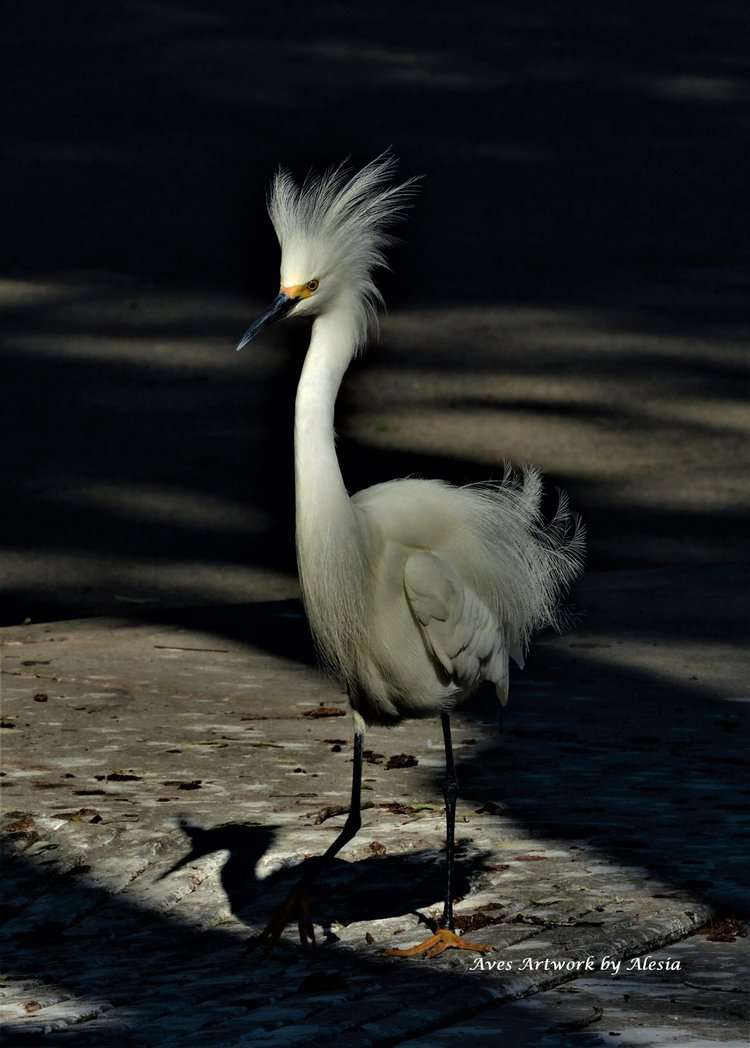
2022 has by far been the worst for the Egrets, Herons, and Cormorants here in San Antonio. For those of us who watched the birds as they built their nests, sat on eggs for almost a month, and raised their young, we would be left with symptoms of PTSD and questions as to why this bird city is not so bird friendly.
Local Audubon opted to stay quiet, suggesting the birds could be relocated elsewhere after decades of nesting along this 14.03 acre Riverine habitat classified as R2UBH in the National Wetlands Inventory (usgs.gov).

The violence in Historic Brackenridge Park included city workers banging 2×4 wood boards together and the USDA’s Wildlife Services using lasers, explosive cartridges shot out of a blank handgun directed at the birds.
Reports of early morning shotgun blasts confirmed the purpose of a FWS depredation Permit. While Assistant City Parks Manager Bill Pennell stated on several occasions that the birds would be relocated “humanely and non-lethally.”
The SGCN species nest alongside Cattle Egrets that make up most of the birds and are not liked because of their droppings.
The city has proposed demolition of nesting trees to “prevent rookeries from forming.” Oak Trees that are keystone species to the ecosystem, many over 100 years old face demolition and are invaluable for their ecological value.
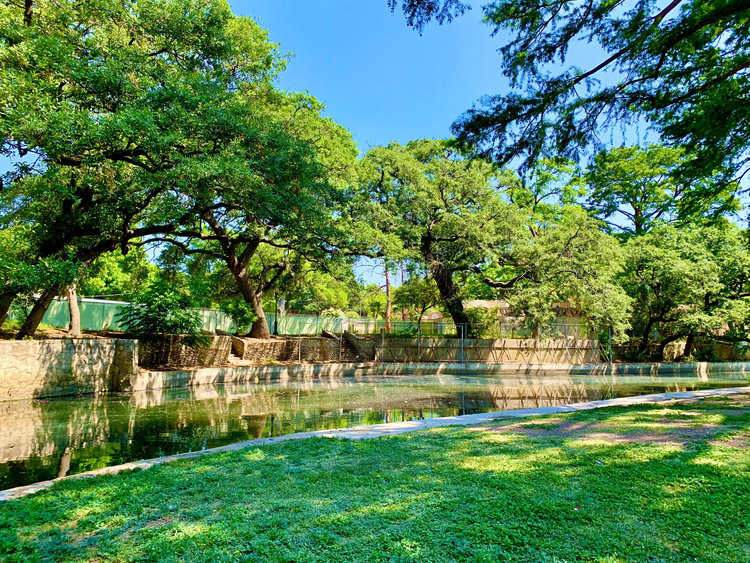
We must ask, what happened to the City of San Antonio promoting migratory bird conservation and fostering appreciation for the hundreds of species that travel through our community annually?
How can this Bird City be not so Bird friendly? A NEPA we would later learn was published in the Austin Statesman, bypassing public disclosure in San Antonio along with a Section 106 of the National Historic Preservation Act. What is the National Environmental Policy Act? | US EPA.
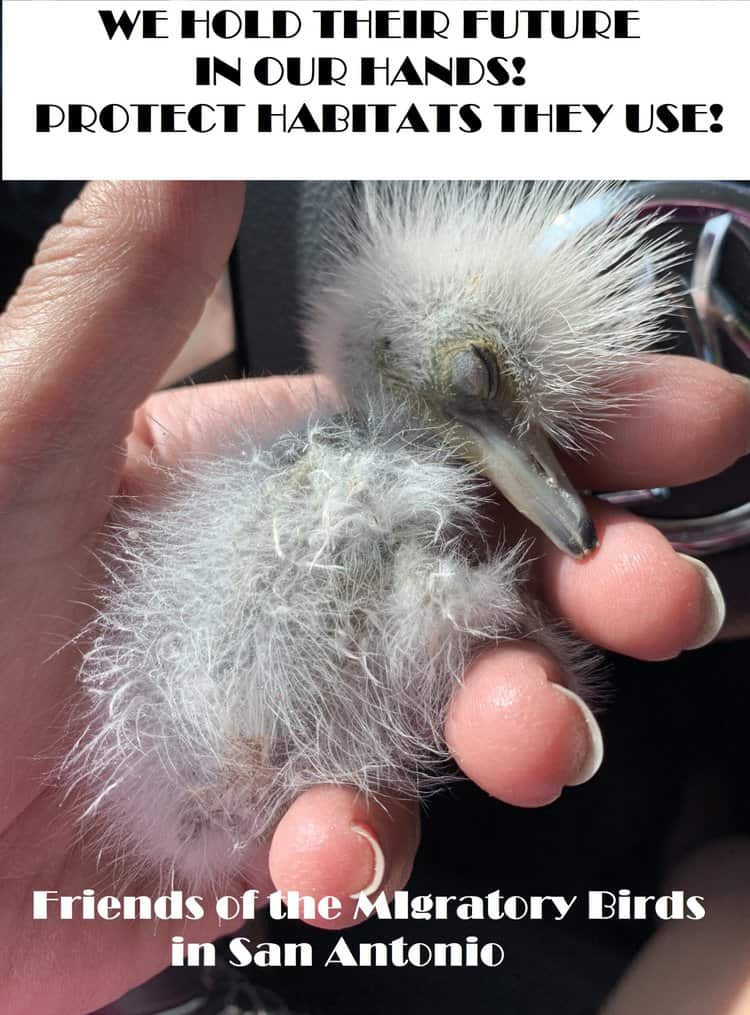
This article was written by Alesia Garlock. Lead Image: Hybrid Snowy Egret/Little Blue identified by audubon member – Photo by Alesia Garlock.
Citations:
On at-risk fauna and flora, the study asserts that human activities “threaten more species now than ever before”:
World is ‘on notice’ as major UN report shows one million species face extinction | | UN News
What you can do
Support ‘Fighting for Wildlife‘ by donating as little as $1 – It only takes a minute. Thank you.
Fighting for Wildlife supports approved wildlife conservation organizations, which spend at least 80 percent of the money they raise on actual fieldwork, rather than administration and fundraising. When making a donation you can designate for which type of initiative it should be used – wildlife, oceans, forests or climate.
Alesia Garlock
Wildlife / Environmental Advocate! I fight to protect nature. Informing the public of hidden agenda!
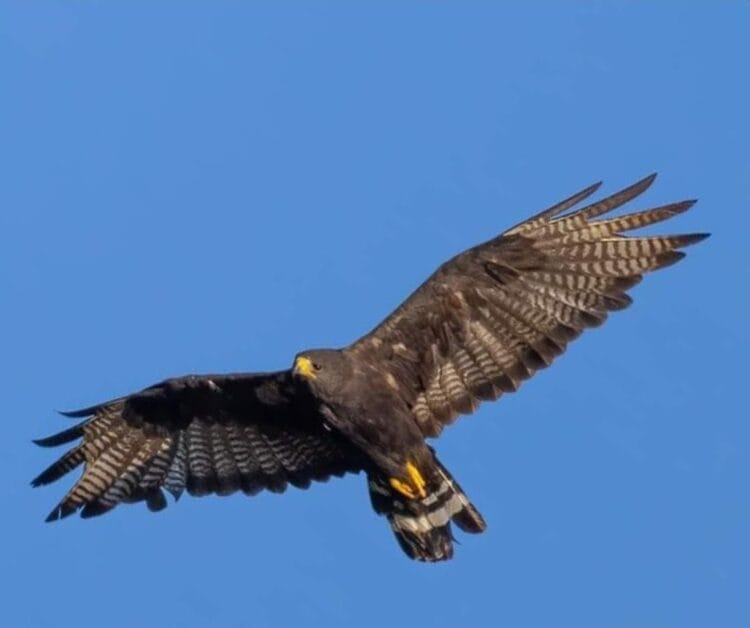
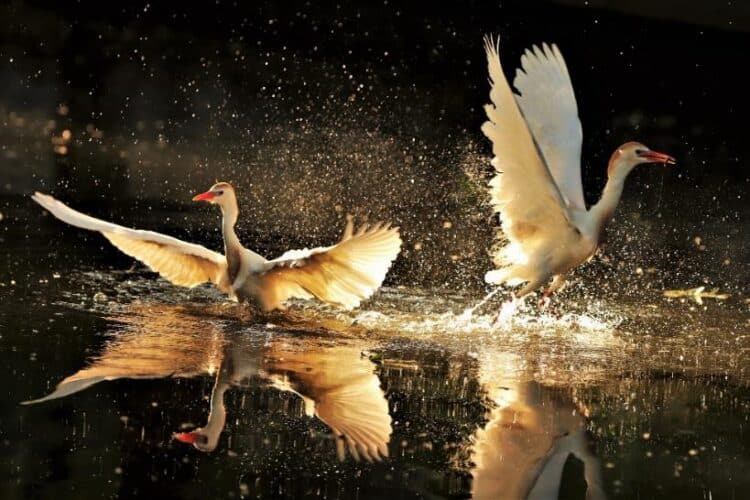
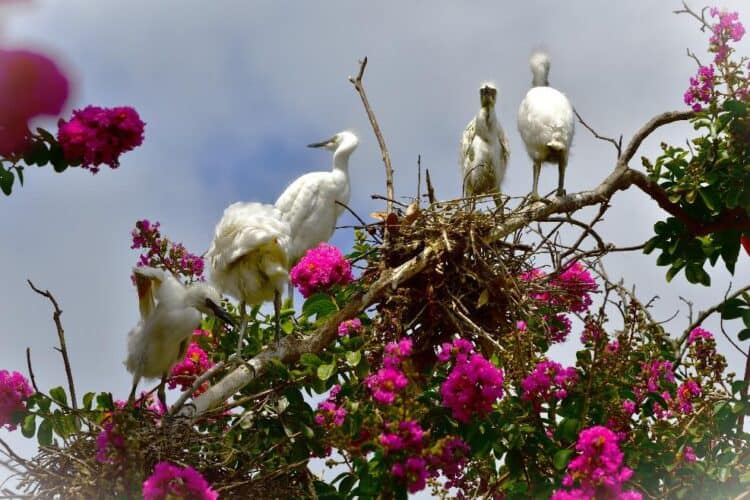
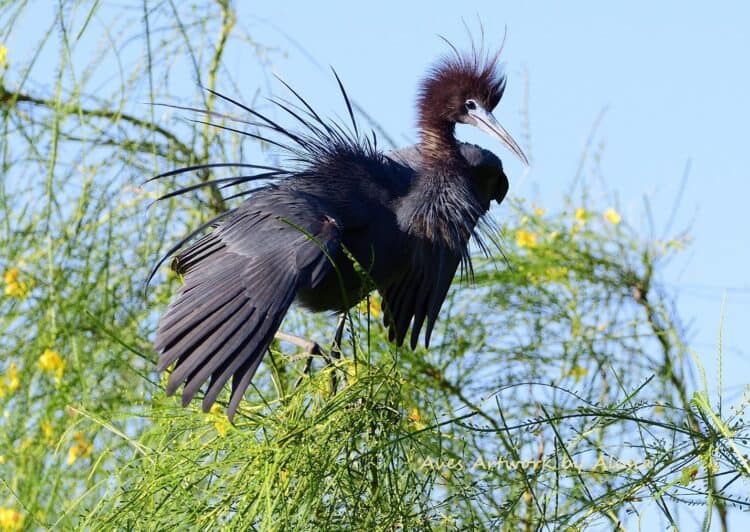


Leave a Reply